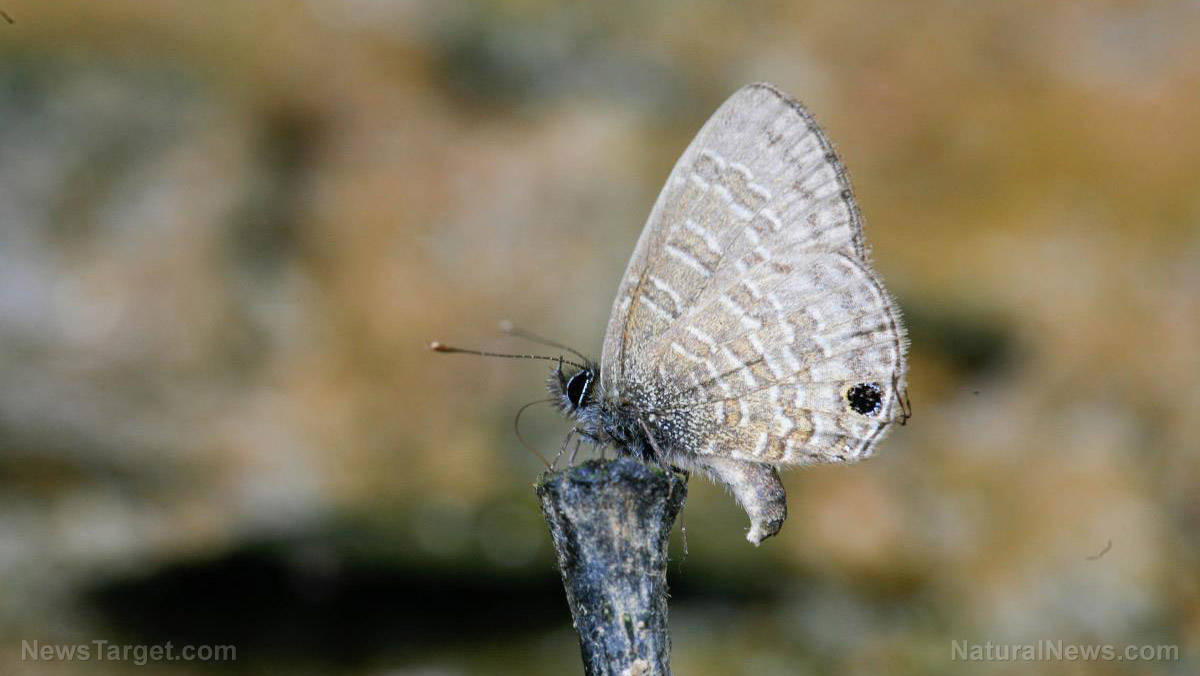
The last British mast was in 2013, where the trees produced vast quantities of acorns too many for Britain's wildlife to consume. Last year, many people reported bumper crops of acorn on the oak trees, which hinted at a mast year.
Scientists are still baffled as to why the oaks do not produce uniform number of nuts each year, but the mast years do suggest that the trees coordinate their mass production in order to have a better chance at creating saplings in the spring.
Dr. Kate Lewthwaite, at the Woodland Trust, said her team of collectors prefer to jot down their data on paper rather than send the figures by email. This is a good way for families to go out of the British countryside and collect valuable data.
Oaks are among the oldest living trees, with some living up to a millennium. They are primarily found in woodlands, where they dominate among the other trees as they tend to outlive most of them, but they are also common in hedgerows, or sometimes a lone tree can be found standing on a field. Their longevity causes them to grow in massive sizes, with some oaks measuring 17 feet or more in girth. Their peak acorn-producing years are between the ages 40 to 150.
There is no definite formula for determining if the trees have produced an exceptional harvest. The Woodland Trust asks volunteers to make an assessment by eye and produce a numerical grade: 1= no fruit, 2= meager, 3= moderate, 4= good crop, 5= exceptional crop.
“The differences can be quite subtle,” according to Lewthwaite. “Most years score between 2 and 3. In 2013 the scores got close to 4.”
Scientists generally agree that the trees' coordinated mass production is a way for them to satiate predators – woodland creatures such as birds, mice, deer, jays, wild boar and squirrels – that rely on their nuts for sustenance. The trees provide these animals with vital food sources, but hold back their supply for some time before deluging the countryside with vast quantities of seeds to ensure that some will survive to become saplings.
These mast years cause population explosions among quick-breeding animals like mice, and the diseases that come with them. (Related: Lyme disease 10 times more common than thought.)
Besides feeding on the nuts, some animals also help the trees spread and propagate their seeds. Squirrels collect as many acorns as they can and store most of them across the countryside for later consumption. As they tend to collect a lot of acorns, some of the ones they stored are inevitably forgotten or intentionally left, and the seeds take root. Birds such as jays (a member of the crow species) also collect and store acorns under leaves and tree bark, but some of their hoard will also grow into oak trees.
Trees use up a great amount of energy when producing their seeds – this is especially true when they produce in a mast year. It makes sense for them to have bountiful supply in irregular intervals rather than uniform number of nuts each year to avoid risking disease or stunting their growth. By examining the trunk of a felled tree, its rings can tell an expert if all its energy went into bearing fruit that year.
Different oak species grow in different regions, often hundreds of miles apart from each other, but they simultaneously produce in mast years. Scientists believe that this phenomenon must be triggered by a combination of favorable conditions due to temperature changes or rainfall in the spring, but the event as a whole remains a puzzle.
“I like mysteries in nature, and trees have had millions of years to evolve. I’m sure they know what they’re doing,” said Lewthwaite.
Sources include:
Please contact us for more information.























